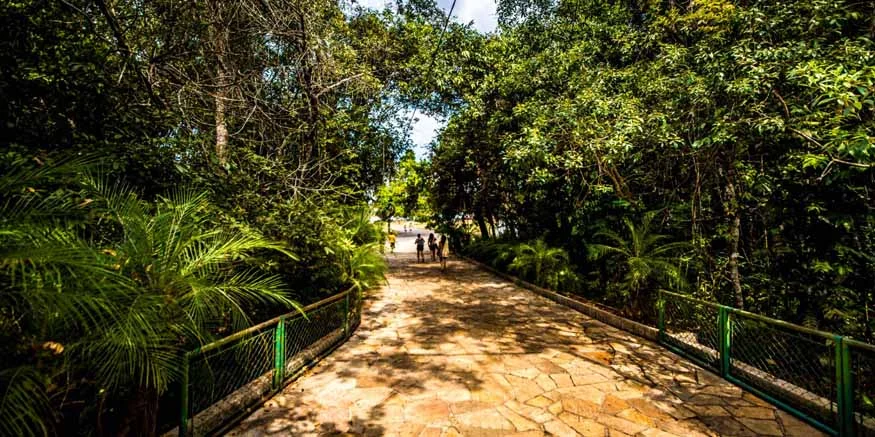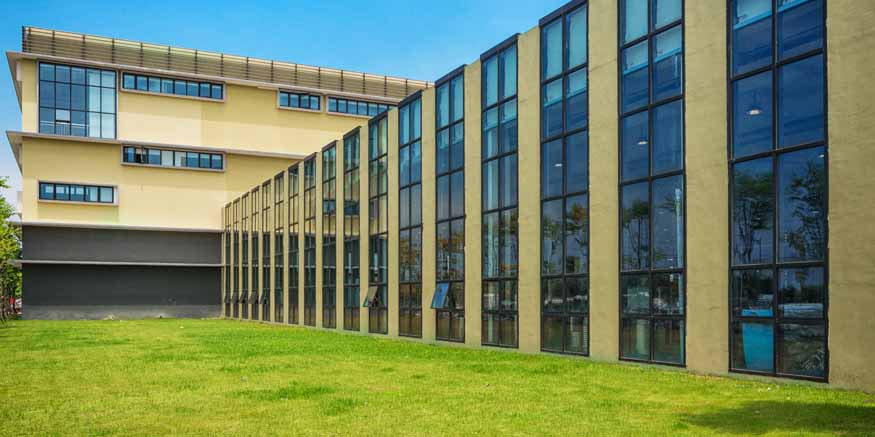When we think about the well-being of our community through nature, local parks often come to mind. We consider the role of the three R’s—Reduce, Reuse, and Recycle—for our own R: Recreation. However, it’s not all sunshine and rainbows; recreational activities can have a detrimental impact on nature. Everything from direct physical contact with the soil to the side effects of human presence in natural areas can pose various challenges.
With keen observation and a conscious effort, park conservation can help protect the environment. Here are a few factors to consider when addressing the balance between nature and local parks.
Impact of Recreation on Nature in Parks:
Parks play a vital role in enhancing our lives and communities, but we must reduce the ecological footprint of recreational activities. To do so, we need to understand their impact on the natural environment within our local parks.
There are three primary areas of concern: soil, vegetation, and water.
Human stomping is perhaps the most significant way we affect soil and vegetation. This activity negatively impacts the top organic layer, rich in humus, which results in soil losing its absorbency, decreasing moisture retention, and losing essential nutrients critical for plant growth.
Recreational activities can reduce vegetation levels, and some individuals may even cut vegetation for various reasons. Non-native species, unintentionally introduced, can disturb the ecological balance of existing vegetation. Additionally, the development of recreational areas often leads to vegetation removal to make way for infrastructure and facilities.
The impact on water is also considerable. Soil disturbance and reduced vegetation can lead to erosion and sediment deposition in waterways, which exacerbates these negative effects.
Solutions for Positive Change:
Observation and good intentions are key to maintaining the balance of nature in local parks. Educating people about the adverse effects of certain activities is crucial:
- Cutting down trees in the name of development
- Feeding wildlife such as pigeons and stray dogs, which can create dangerous situations and alter migration patterns
- Littering parks and nearby water bodies with rubbish and plastics
Benefits of Local Parks:
When there is harmony between nature and recreational activities, there are numerous health benefits:
- Nature can help reduce stress and anxiety.
- It enhances feelings of happiness and relaxation, improving overall work efficiency.
- Interaction with nature improves focus, attention, and creativity.
- Parks provide children with opportunities to use their senses—touch, sight, and hearing—which fosters overall developmental growth.
- Parks instil a sense of community, allowing people to enjoy nature together.
Conclusion:
Maintaining the balance of nature in local parks contributes to both our mental and physical well-being, which is essential for a healthy and balanced lifestyle. At Euroschool Dombivli, we are actively engaged in increasing vegetation in parks, creating a healthier environment for our children.
We aim to expose students to the natural world, helping them appreciate the environment and develop a sense of responsibility towards natural resources.
Natural environments not only reduce stress but also stimulate creativity, encouraging the exploration of ideas and concepts. Increased interaction with nature fosters knowledge that can be applied to various fields, from ecosystem analysis to understanding the causes and implications of global climate change.









